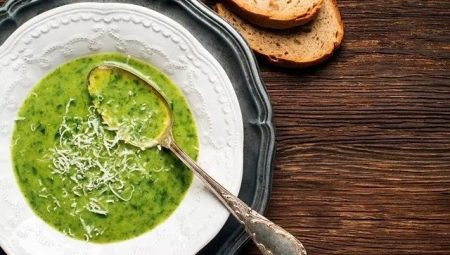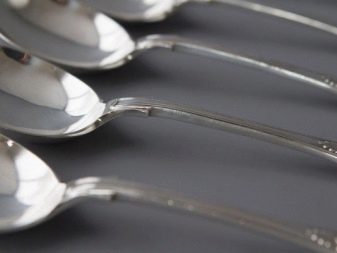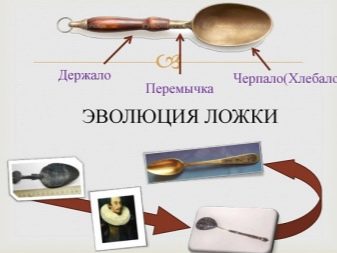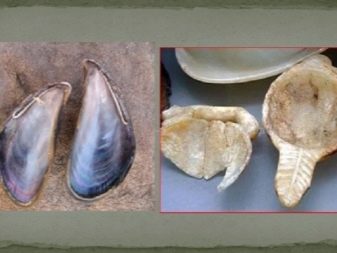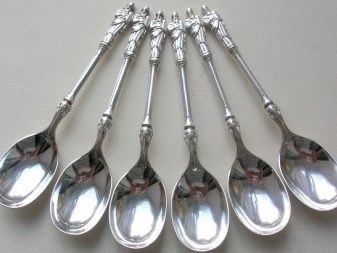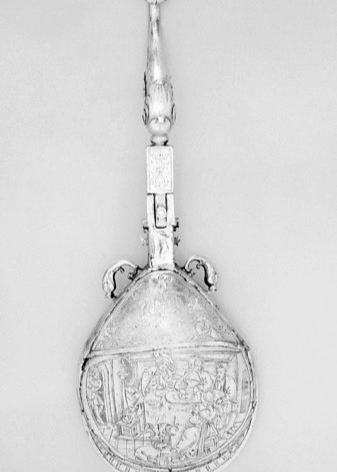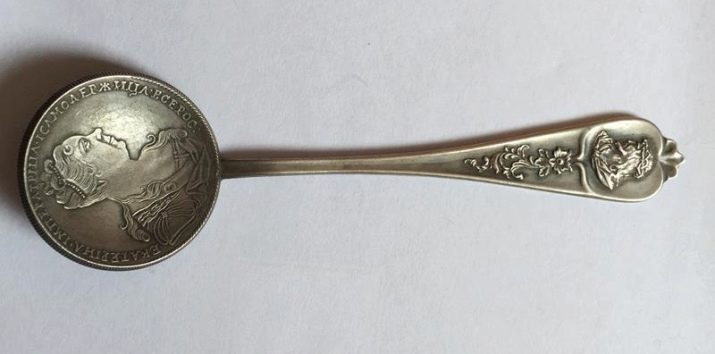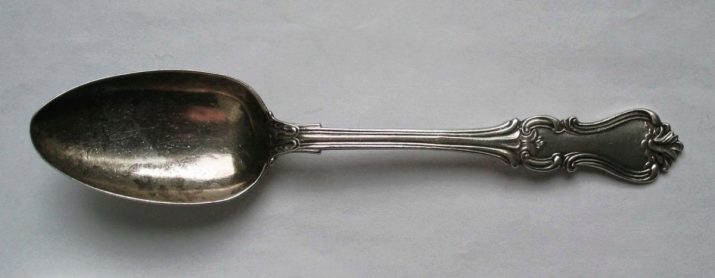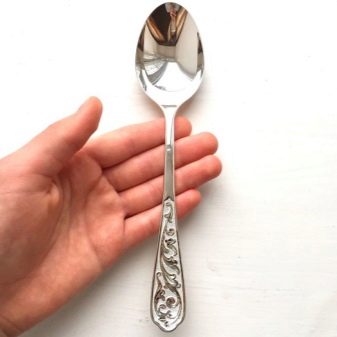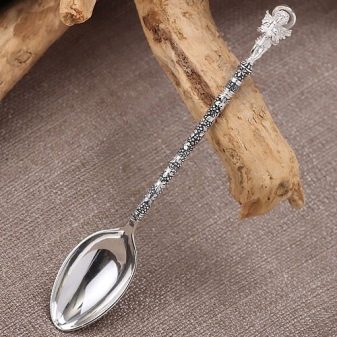In European culture, no one can do without a spoon. It is made from different materials. The size and shape of the table item depends on its purpose: coffee, tea, dessert. We immediately understand what we will eat this or that dish, and we don’t even think about who invented this item and when it acquired its usual appearance.
The history and evolution of a spoon
Spoon - so ancient invention that it is impossible to establish the time period of its existence. The researchers call different dates of her birth, the estimated age ranges from three to seven thousand years. Unknown even the origin of the name of the word. Linguists see the common Slavic root in the words “lick” or “crawl”, as well as “log”, which means “deepening”. Perhaps the origin of the Greek - "swallow."
One thing is certain, that the spoon appeared much earlier than the fork. She can eat both solid and liquid food, and a fork - only solid.
Ancient world
The primitive people used the likeness of spoons, they were sea shells, halves of a nutshell or bent dense leaves of plants. Until now, some tribes in Africa and South America have used instead convenient shells of mollusks. The first spoons, made by people, looked like small clay pots with short handles. Later, wood, bones and horns of animals were used to create this object, and later, metal.
Excavations have confirmed that in ancient Egypt, cutlery was used as early as the fifth century BC — similar stone products were found. The ancient Greeks made spoons of mother of pearl shells. Archaeologists have found similarities table objects from the horns of animals and fish bones belonging to the third millennium BC. During the heyday of the Roman-Greek civilization, bronze and silver devices appeared that were used to eat food.
Middle Ages
In Russia, spoons were used several centuries earlier than in other European countries. In the annals mention the order of Prince Vladimir (X century) masters for the manufacture of spoons of silver for his entire squad. By this time In Russia, wooden spoons have already been used everywhere. In some families, the craftsmen themselves made devices for eating food. But in most cases they used the products of the spoons. As the material used: aspen, maple, birch, linden, plum, apple. These were simple and practical products. They became carved and painted much later.
In addition to Italy and Greece, familiar with cutlery from deep antiquity, in the XIII century, spoons of silver appeared among the peoples of Europe. The pens depicted the disciples of Jesus Christ, therefore table items became known as "apostolic spoons."
Renaissance
In the 15th century, besides bronze and silver, they began to make tableware of copper and brass. Metal was still considered the privilege of rich people, the poor used wood products.
The Age of Enlightenment
Peter the First went to visit with his cutlery. Following his example, the custom has been fixed in Russia: when you are going to visit you, take a spoon with you. In the 18th century, when aluminum was discovered, the first cutlery made of this metal was served only to distinguished guests, the rest were eaten with the help of silver devices. In the same century, round spoons acquired a familiar and comfortable oval look. In addition, the entrenched fashion of drinking tea has led to the production of cutlery of various sizes.By this time, include the appearance of teaspoons, and a little more - and coffee.
Fashion in clothing for long sleeves also played a role in the transformation of cutlery - there was a need for a longer handle, which made this object look like a modern one.
XIX century
The German E. Geithner was the first in Europe (1825) to produce cutlery made of an alloy of copper, zinc and nickel, he called it Argentan. The alloy cost less than silver, so many European manufacturers began to use it for their products. Today, these spoons are called nickel silver, and they still have not lost their popularity.
XX, XXI century
The discovery of stainless steel at the beginning of the last century was a turning point in the history of cutlery. Now this metal formed the basis of 80% of all spoons on the planet. Chrome, which is part of the product, protects it from corrosion.
Today, spoons are made from various metals and alloys, but silver is still held in high esteem.
Interesting Facts
Spoons seem ordinary, familiar kitchen utensils. But, having passed a long historical path, they became participants of many interesting stories. For example, not everyone knows where the expression “to beat baklushi” came from, although we all know that this is how people talk about lazy people. In the case of spoons, there is a simple task - to break a log into pieces (baklushi), which become blanks for future products. In the production of spoons, beating the baklushi was considered an easy task and entrusted to the most inept apprentices.
In the old days everyone had their own spoon. When the first teeth appeared in a newborn and he began to receive other foods than mother's milk, he was given a small spoon. It was believed: if it is made of silver or gold, the baby will not need anything in the future. Modern people often turn to the custom, giving the baby a silver spoon “per tooth”.
People believed in other signs associated with cutlery:
- by placing two spoons in one cup, you can expect a wedding;
- the spoon fell from the table - wait for a woman to visit, the knife was dropped - a man would come;
- the extra cutlery was on the table during a family dinner — there will be a guest;
- Do not knock on the table with a spoon - trouble will come;
- those who lick a spoon after a meal, waiting for a happy marriage.
The table object played its role in the student life of the past. In the 19th century, young people studying in Kazan University put teaspoons under the cupboard before each exam in order to pass the tests successfully. It is difficult to say what meaning was put into this sign, but the students believed that it worked. At Cambridge University, a spoon was used for another reason: a grandiose cutlery was cut from a tree almost the size of a man and gave the most backward student a sign of consolation.
The famous master of surrealism Salvador Dali used a spoon as an alarm clock. He attached great importance to daytime sleep, but did not want to spend too much time on it. Falling asleep in his favorite chair, the artist was holding a table object. When he fell, Dali woke up at the sound. This time he had enough to recuperate to continue the work.
Such a small object as a spoon has a long history and is an indispensable attribute of our life.
In the next video you will find the story of a spoon in pictures.
